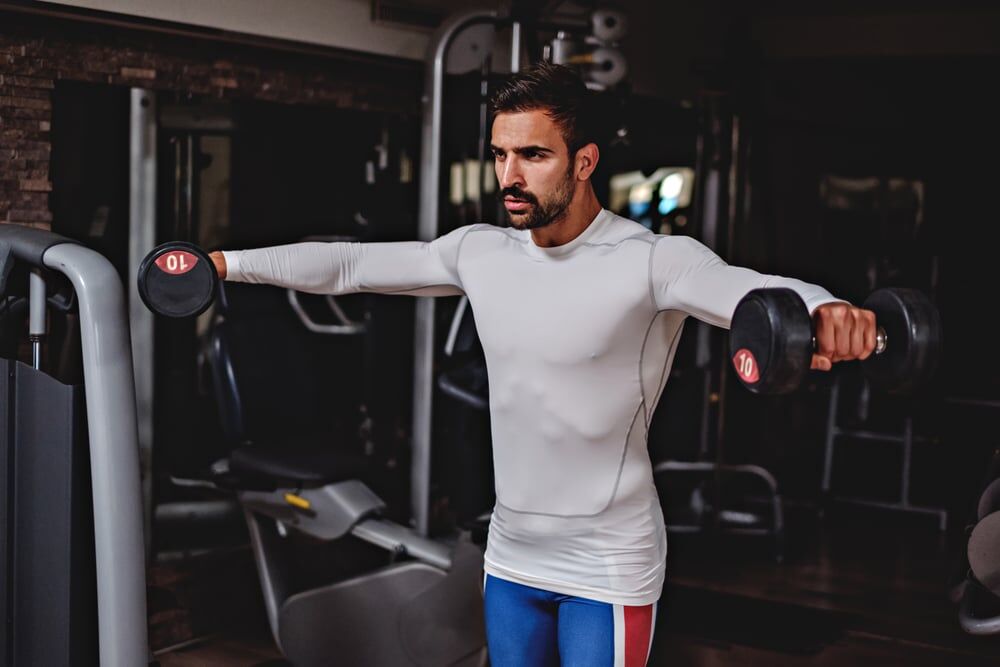
Periodisation For Muscle Growth
In my last article, I hammered home the point that whether your goal is strength or hypertrophy, you need to periodise your training. In this article, I will talk about the what, the why, and the how of my take on periodisation.
What?

Why?
We all know that the most pivotal factor in building muscle is progressive overload, but muscle growth can only be fully maximised when such overload includes muscle damage (muscle micro-tears) and metabolic stress (build-up of metabolites in the muscle). Do you see the problem yet? The intensity techniques required to incur significant muscle damage and metabolic stress come at the detriment of the “progressive” element of progressive overload. In the simplest of terms, you can’t be the most hardcore lifter in the gym every single day and expect to keep making piling on the load.
How?
There are innumerable ways to periodise your training with hypertrophy in mind. My favourite technique is to focus on progressive overload as a fundamental, and then routinely introduce periods of increased work and deloads. Let’s break that down, shall we?
Progressive overload:
I said above that “everyone knows” that progressive overload is fundamental, but nonetheless, basically nobody knows how to implement it. With some vague notion of progress in their minds, trainers in gyms all over the world attempt to force 10kg onto the bar every week, or add a whole new set in every subsequent session. This is not the way! This is an unsustainable method of overloading; neither intensity nor volume overload is linear and perpetual.
My own, more sustainable approach to progressive overload involves a mediation between intensity and volume loading. First, select a rep range, e.g. 6-8, and then select your weight (in this case, your 6-7RM). Then, on week one, shoot for 6 reps. In the following weeks’ sessions, aim for 7 reps with that weight, and then 8. Once, after however many weeks it has taken, you have reached 8 reps with your starting weight, increase the weight (your 6RM will have increased exponentially) and then shoot for 6 reps again.
What you need to be aware of is that all progress is progress. A single extra rep on a single exercise, or even the same exact tonnage and density, just completed with cleaner reps and a lower RPE, is progress. Whilst the approach outlined above seems conservative, it allows for more consistent progress than any other loading protocol I have ever used.
Overreaching and tapering:
Once you’ve got progressive overload sorted, you can think about designing a periodised programme. My go-to method for clients looking to gain muscle in a fixed window of time is a progressive overload programme lasting 4-6 weeks, followed by an “overreaching” phase of 1-2 weeks, and a proportional “tapering” phase for 1-2 weeks.
Overreaching is brilliant fun. In the simplest of terms, you impose a sudden spike of volume onto your training that tends to be anywhere from 20-60%(!) of additional volume. It should be such a significant increase that your strength drops rather than increasing and you start to feel flat and miserable; knock on the door of “overtraining”.
Then, we pull it back for a week or two of 50% or less of the initial total volume. This is the “tapering” phase; it is put in place not only to give your body a rest, but also – in combination with the overreaching phase that preceded it – to create the right conditions for “supercompensation”, or, the words you want to hear: amazing growth.
During the latter two phases, increase your calories, keep your protein high enough (1g/lb bodyweight is plenty), and supplement with HMB and (as always) creatine.


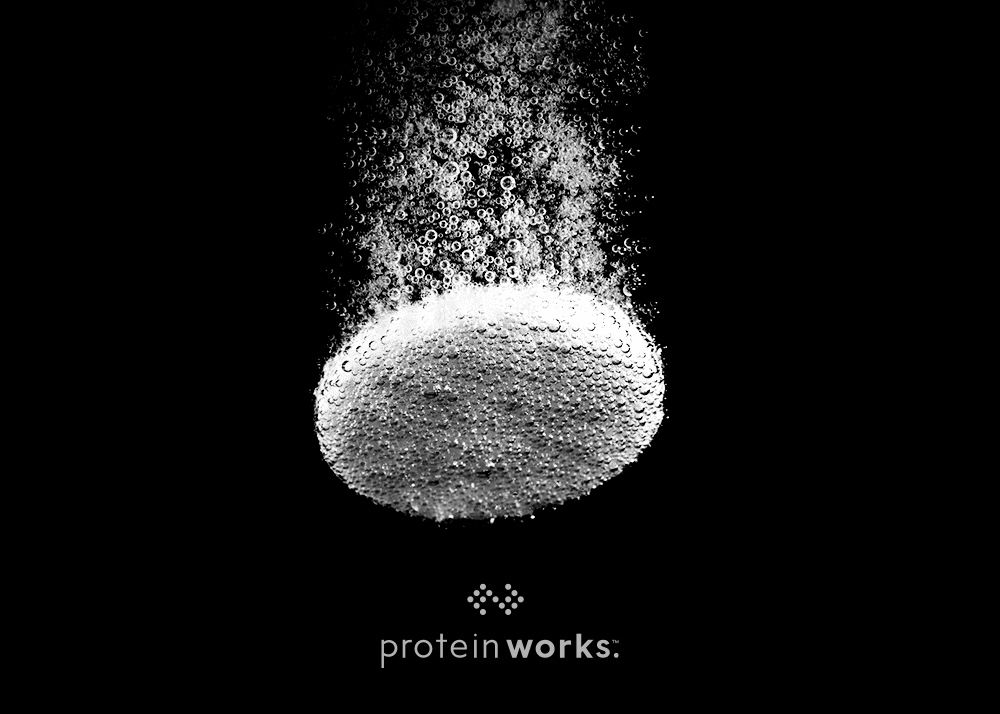
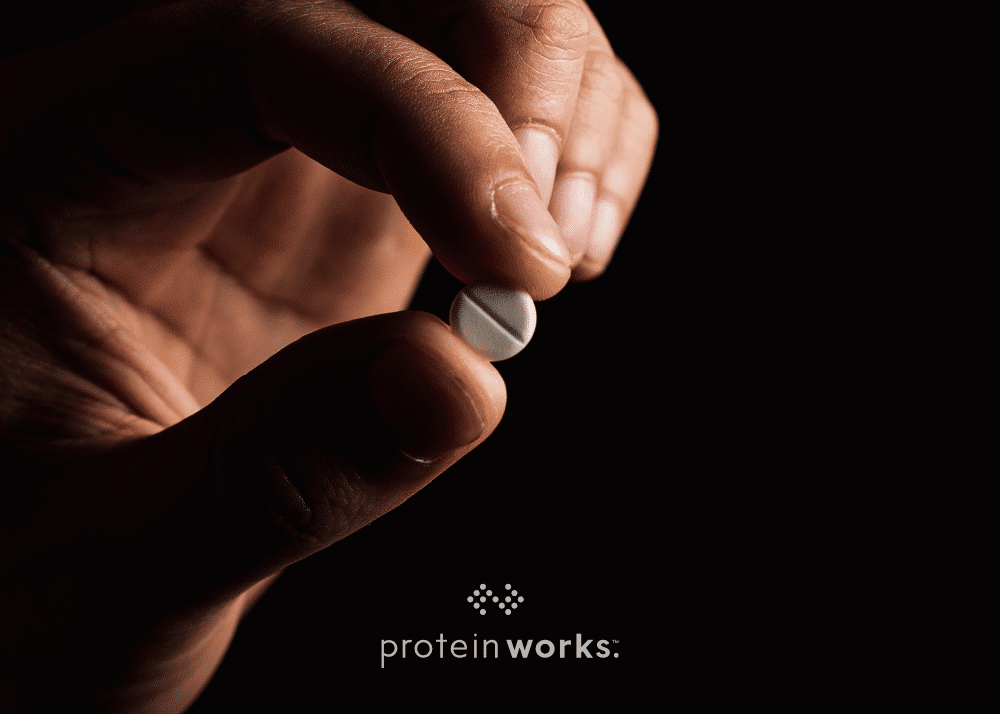
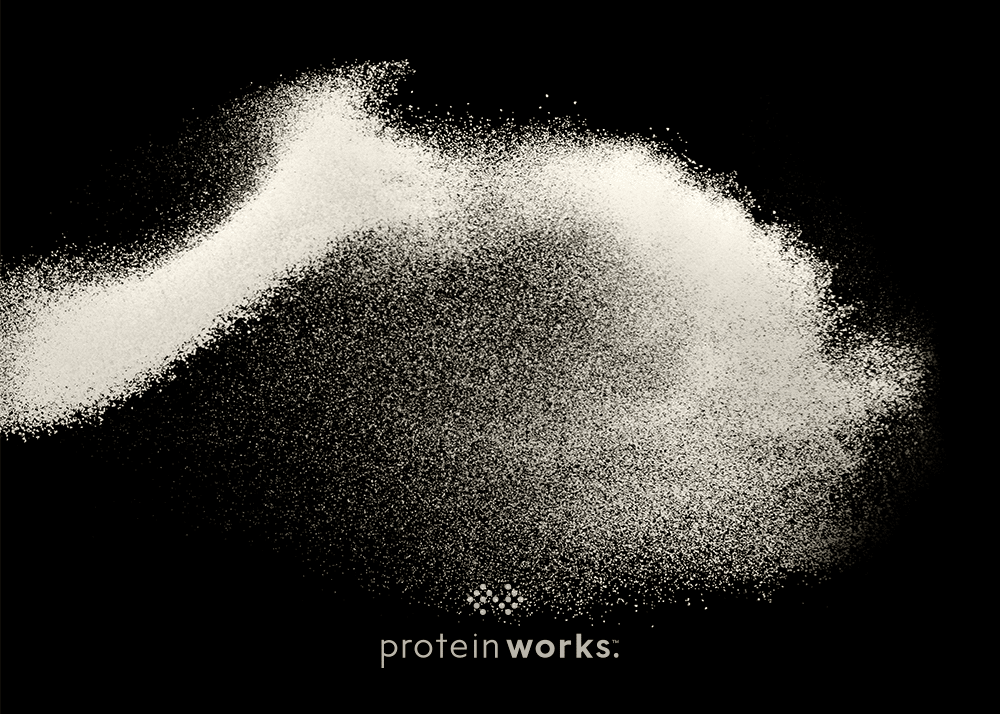
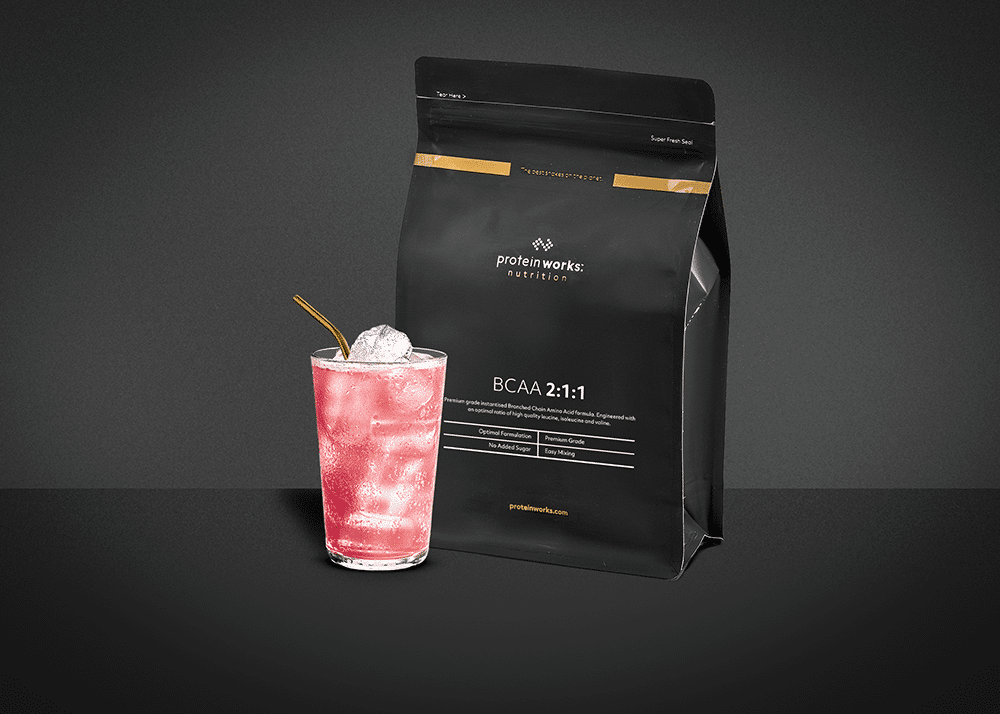
No Comments yet!